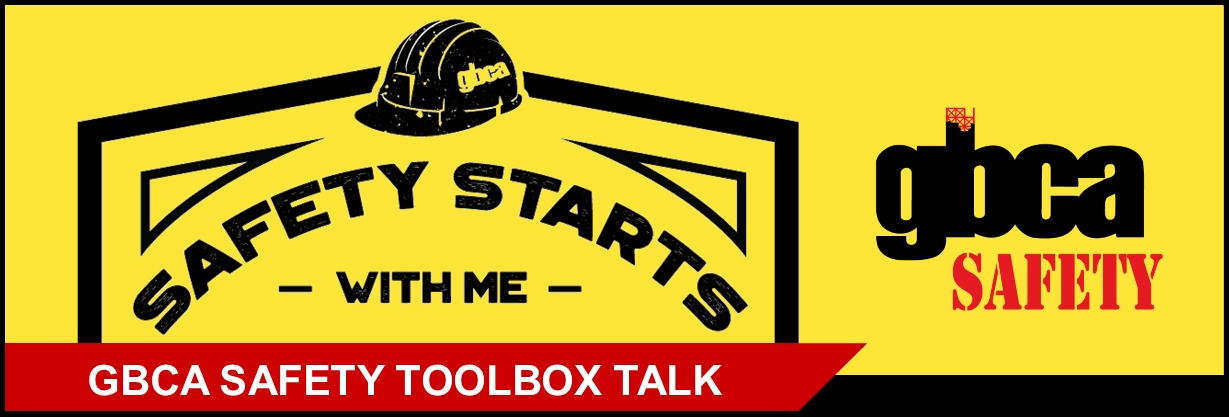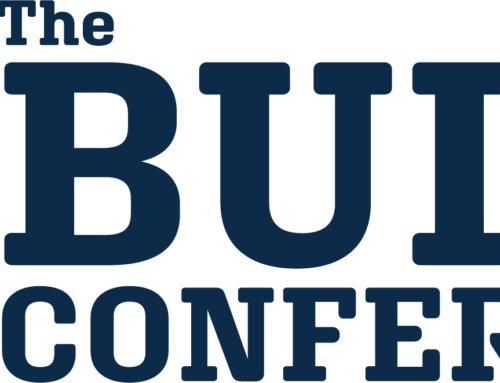This toolbox talk discusses tools and equipment inspection and provides common issues for employees to check each day. Click below to download the Toolbox Talk as a handout (includes Sign-In Sheet).
Tools and Equipment Inspection
While companies provide tools and equipment to get work done safely, it’s the employees’ responsibility to take care of the tools and equipment used in production. Tools and equipment include anything from ladders and scaffolds to extension cords and hammers. In addition to proper use and storage, tools and equipment require regular maintenance.
Tools and Equipment Hazards Result from Misuse and Improper Maintenance
All tools should be inspected routinely and should not be used if found to be faulty. If you find any unsafe conditions while inspecting the tools, you should not use the tool, tag the tool out of service and notify your immediate supervisor.
Seven Common Items to Check:
- Make sure that tools are appropriate, and appropriately calibrated, for the task.
- Extension cords should not be cut, cracked, or have wires showing. The ground prong must be present.
- A GFCI should always be used and must be tested every day or before use.
- Powder actuated tools like Hilti and Redhead guns should be inspected before each use and never be used if the case is cracked.
- Chop-saws should be in complete operational condition and should not be altered (guards must function as designed).
- Only authorized and/or trained employees are allowed to operate scissor-lifts, boom-lifts and have a daily inspection. (See your company’s policy for equipment use.)
- A pre-use inspection should be done before each shift, and any problems with the equipment reported to your supervisor.
The purpose of inspecting tools and equipment is to eliminate certain combinations of factors that are known to cause accidents and injuries:
- Improperly installed equipment can malfunction and become unsafe. For example, nails in airline fittings can become disconnected. Use the proper clip.
- Faulty tools paired with unsafe environmental conditions can cause accidents. For example, an electric short with no GFCI can lead to electrocution.
- Improperly set up tools paired with unsafe work practices can lead to other hazards. For example, Tools with loose parts left on the top of a ladder can lead to falling objects, a struck-by hazard.
Remember to record the attendees of your toolbox talk!
Access GBCA’s full library of toolbox talks:





